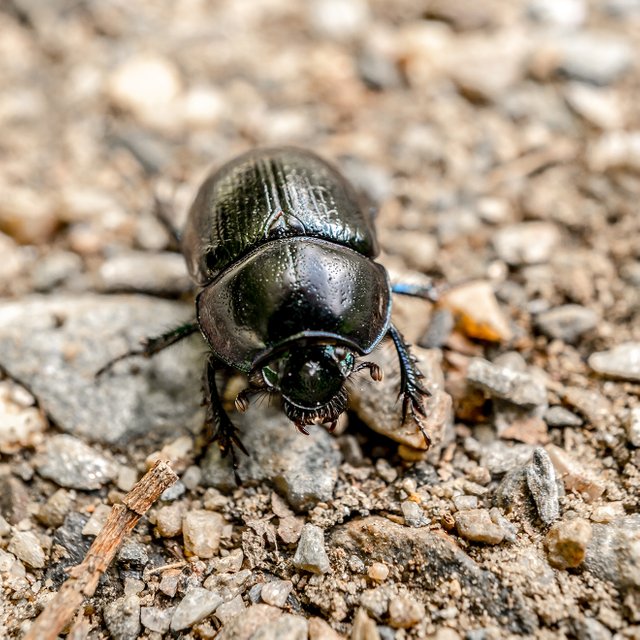My handheld photography technique
To explain my handheld photography technique we need two videos.
Ingredients:
- Tony & Chelsea Northrup: "20 Things Most PHOTOGRAPHERS Get WRONG"
13:22 "Depth of field doesn't really exist....Only that one focal plane that you focus on is ever actually sharp."
=} Take home message: The focal plane is 2 dimensional, so it's just a slice that will be sharp.
- Peter McKinnon: "Shaky footage? How to get smooth handheld shots like a beast."
4:45 - 6:06
=} Take home message: If you are taking pictures, take multiple pictures while whipping slightly forward and backward in the hope that one picture will exactly align the focal plane with the thing (e.g. eyes of a person) that you want to have in focus.
=} If you have a camera that allows for silent shooting, enable it. This is in order to reduce a potential source for blurriness as the vibration of the mechanical shutter itself might introduce blurriness.
- Tony & Chelsea Northrup: "20 Things Most PHOTOGRAPHERS Get WRONG"
8:30 - 9:10 Reciprocal Rule - Sharpness
"Sharpness is a matter of percentages. And this is really important to understand. Because when you know it's percentages, then you know that you can cheat the reciprocal rule by taking a lot of pictures and deleting all the ones that are blurry... Because while the percentage that I will get will decrease when I use slower shutter speeds, I will ALWAYS get some percentage. Out of 50 pictures 1-2 will be sharp." (Northrup T. 2016)
=} Conclusion: If you really want a photo, take dozens of pictures in the burst mode, while whipping slightly forward and backwards, so you increase the probability than some percentage might be sharp and in focus (i.e. the focal plane is aligned with the thing you would like to be in focus).
Further thoughts:
When you press the shutter button you exert a force on the camera pointing down and the muscels in your arm exert a force pushing the camera up. When you take many pictures the hope is that you hit a certain point where these two forces cancel out and the camera is not in motion for a split second and you might get a sharp picture.
Hope it makes sense, even if it's not explained perfectly.
As an example I took dozens of pictures of this bug in burst mode, hoping that one picture will have "the eyes" (whatever that means when you talk about a bug) sharp.
